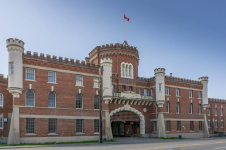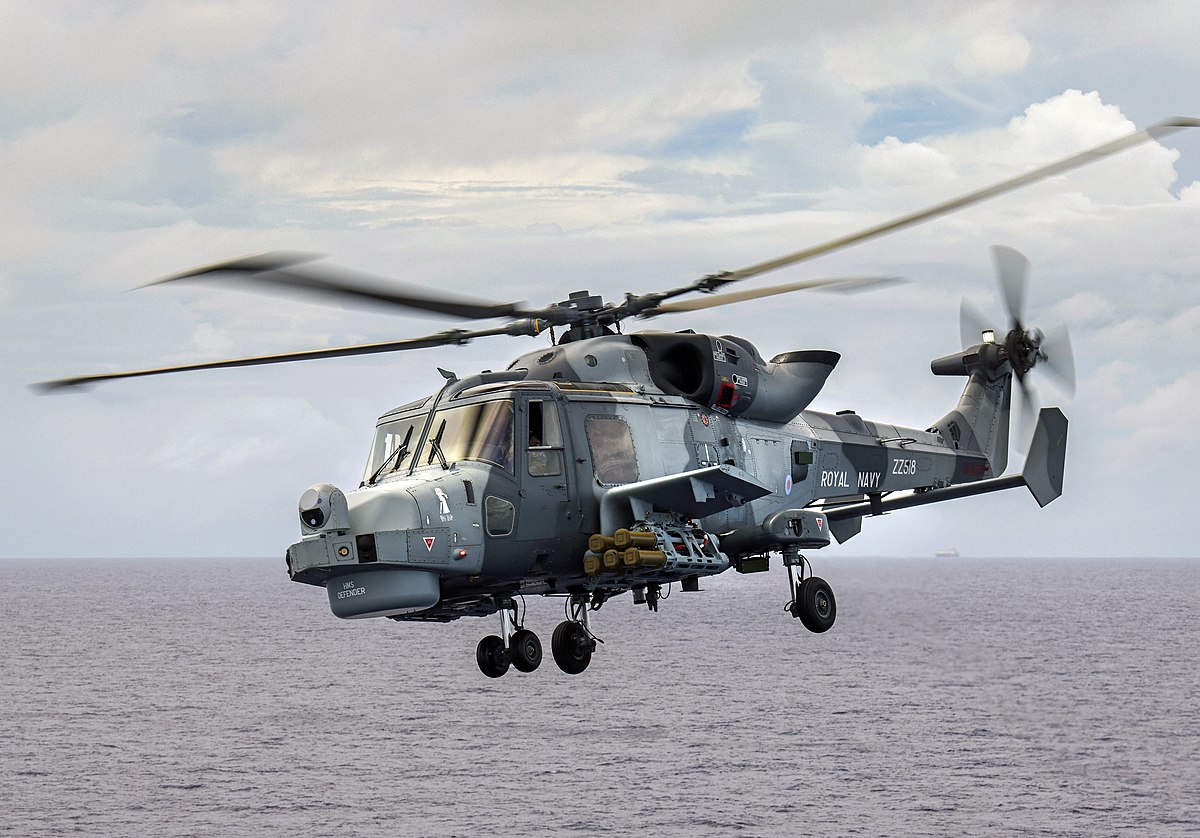I've always been a cynic, Kevin. I worked in Ottawa for three years and watched sausages being made albeit from a legal branch view which is often twice removed from reality. Since I started working on this book about the artillery in Afghanistan and started interviewing folks from gunners to 3 stars who were at the coal face I've started learning things which makes me realize that my cynicism was actually my living in Pollyanna land. There are a few folks on this forum who you already know who are far more knowledgeable about these things and even more cynical than I am.
There's quite a bit of discussion on this above but in short the issue is command and control over the air space to ensure friendly air elements (of which we still have quite a few) can operate safely and effectively and that there is a coordinated effort to knock everything hostile down rapidly.
Air defence has been a complicated system and with the development of new small and semiautonomous systems it is even much more complex. There is a major technological arms race going on right now to develop more effective attack systems and faster and better (and equally semiautonomous) defence systems.
Leaving aside the command and control aspect, I'd prefer the 031 become and stay an expert at all things 031. Keeping and managing an air defence system is a full-time job which still requires a certain amount of line of sight and advance warning. The best way to provide protection to a given rifle company or tank squadron may be with a Manpad from somewhere a few kilometres away which acts as part of a layered defence that reaches far to the front.
I don't doubt that, like Trophy active defense systems, there will in the future be semiauto systems for manoeuvre forces (both mounted and dismounted) that will provide protection against airborne threats.
Quite frankly, much of our current Manpads technology would very likely be swamped even by the first generation systems deployed by Azerbaijan. Your in the consultant field - my advice is hop on board with this - it's going to be a big moneymaker for the guy that develops the right kit.
I agree. We actually had a long range precision rocket system on active projects back in the 2010 (give or take a few years) timeframe - it would likely have been HIMARS - but it was scrapped amongst many other useful projects because - infantry mafia. It would have needed very few PYs because reservists can run these systems easily. The trouble is the rockets are pricey and you know Canada - we don't go to real wars anymore.
I'm a big fan of M109s but quite frankly prefer a wheeled, armoured, automated SP. On the other hand all of the US's long range precision fire bucks are going into the ERCA M1299 project (which is essentially a further development of the M109A7). There is talk about something for the Stryker brigades (which would work for us) as part of the Mobile Howitzer program (
shootout) which is looking at existing foreign systems. I'd be a bit cautious about it because like the Stryker itself, this is an interim project which will have long lasting consequences. Whatever they go with will be better than what we have ... but ...
Can't help but agree. I've for some time thought that we need to break the FOO/JTAC - gun line relationship. Our reserve regiments (batteries mostly) still function the way that they did back in the fifties (although there is some new technical gear there).
Basic gunline is simple but varies from gun to gun to rocket launcher. FOOs and JTACs have a much more complex and demanding job than ever before especially if they need to operate out of LAV OPVs which also requires the basic ability to operate the LAV turret as well as the gunner specific gear - and then there is JTAC certification and recertification. STA is just a whole different ball of wax what with operating radars and UAVs. Then there is the whole new field of armed UAVs and other systems of that nature - they're artillery-like in that you deliver munitions indirectly but again are a whole new skill set. Then there's the whole command and control element that goes with fires coordination and delivery. ... And then there is air defence. We need to organize; divide up the tasks and set up specific units/armories to turn out the special skills that we need. We need to think well beyond the C3 training gun replacement paradigm. When we converted two reserve regiments and a battery to air defence, it worked for many years and in fact sustained the branch for a while when 4 AD went on hiatus.
Long story short. These are not optional systems. As long that the SSE says we need to be capable of full spectrum warfare including a peer-to-peer relationship then, unless you consider that peer to be Guatemala, (I had to check if we could actually take them on and I think that we could - although they do have air defence) we need to plan for a better more capable reserve and for the incorporation of these types of systems.
Personally I tend to think that for all of this we should go with US systems so that we can incorporate ourselves into their sustainment system in a pinch. My guess is that our use of these types of systems probably will not happen in anger unless we are part of an alliance with NATO and quite frankly I'd rather get me armament and spare parts resupply from the US than from Sweden or even Germany (more specifically we should have US subsidiaries turning out munitions and equipment here in Canada).
We could do awfully worse than restructuring the Res F into a ARNG model (without all that State stuff). (I always say, only half jokingly, that if we converted our Res F into three ABCTs and an artillery brigade, and prepositioned the gear for one of those ABCTs in Poland, the US would happily give us all the equipment for them. It wouldn't be their newest stuff but it would be better than anything that we have now.

)







